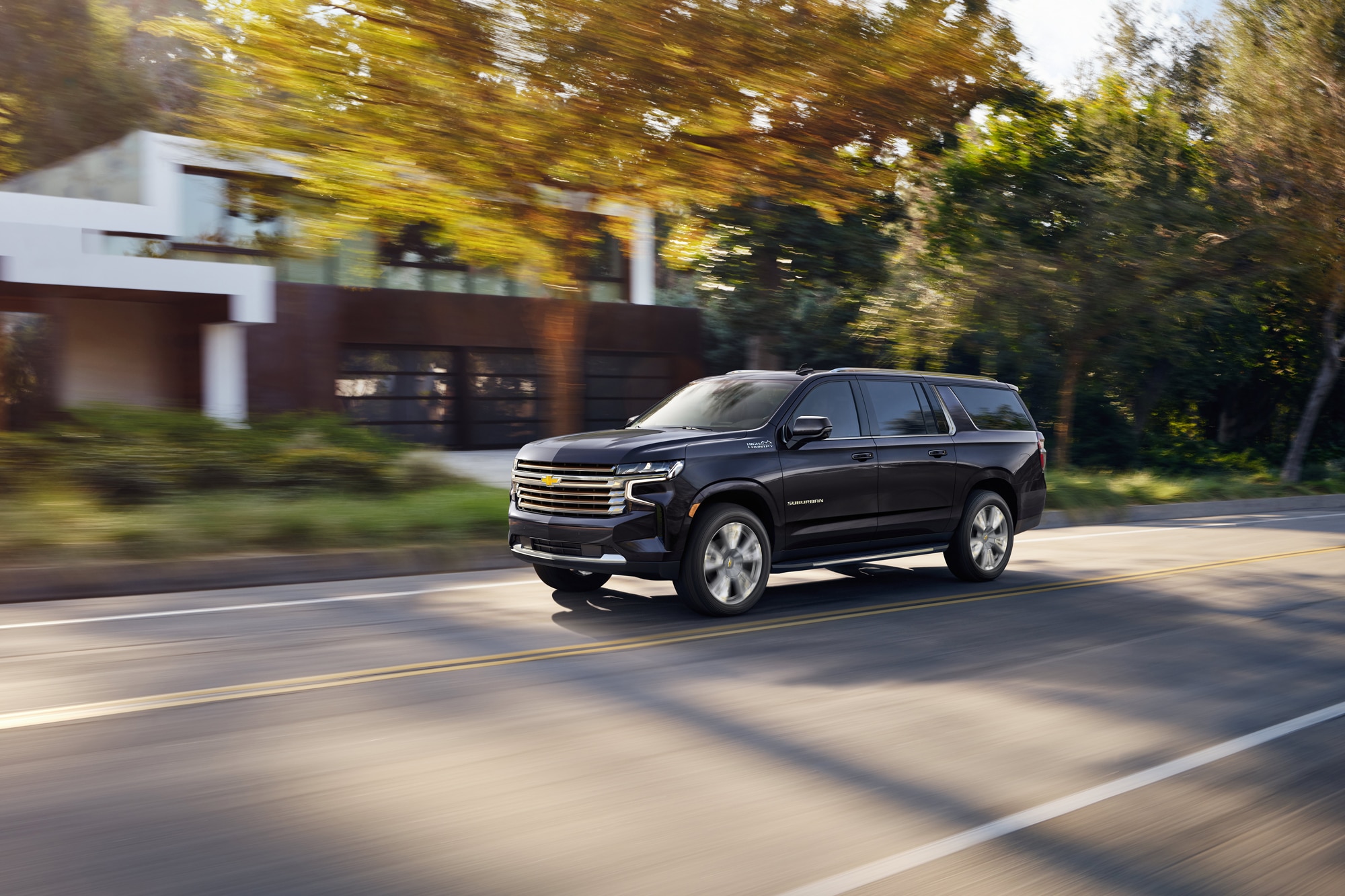What Is the Difference Between an SUV and a Crossover?
All crossovers are SUVs, but not all SUVs are crossovers.
 Chevrolet
Chevrolet
Nowadays, most people use the terms “SUV” and “crossover” interchangeably, but in the past (and still today, to some extent), the words applied to different vehicles. The distinction between the two became muddied over time. Now most people (and marketing materials) would call something like the Ford Escape an SUV. Then again, few would call the full-size Expedition a crossover. Here’s the difference between an SUV and a crossover.
What Is an SUV?
Historically, automakers built SUVs on pickup-truck platforms, using body-on-frame construction. As the name implies, this method of building a vehicle starts with a strong metal frame as the main structure, on top of which automakers bolt the powertrain components and then the rest of the vehicle — including the body panels, seats, and interior features. Today, most body-on-frame vehicles are full-size SUVs and trucks, such as the Chevrolet Suburban and Ford F-150.
What Is a Crossover?
With unibody or unitized construction on the other hand, automakers don’t stack the body on top of the frame but rather combine the structure and body into one unit. Manufacturers use this method to make most modern passenger cars as well as some higher-riding vehicles, like the Toyota RAV4 and Honda CR-V, which we call crossovers.
Which Is Better: SUV or Crossover?
Each construction method has its benefits and drawbacks, which helps explain why an automaker would choose to use one over the other for different vehicles. Body-on-frame models are, in general, stronger and easier to repair than unibodies. They tend to offer better ground clearance and tow ratings, given the height and strength of the frame. On the down side, those rigid underpinnings mean that these vehicles are often heavier, less efficient, and less agile than unibodies.
But the differences between the two construction methods aren’t as apparent as they once were. Large truck-based SUVs like the Cadillac Escalade drive better than ever, while car-based crossovers like the Subaru Forester Wilderness can credibly tackle serious off-road trails. So the distinction matters less.
Automakers, too, have blurred the lines, using “SUV” as a catchall in their marketing campaigns. Ford, for example, introduced the Explorer in 1990 with a body-on-frame platform derived from the Ranger truck. When the company redesigned the Explorer for 2011, though, it switched to a unibody platform but continued to call it an SUV.
That said, because manufacturers historically used unibody construction for smaller vehicles, most people still think of crossovers as relatively small in size — not a word that applies to all SUVs. Take the body-on-frame Chevrolet Tahoe and unibody Traverse. Chevy advertises both as large SUVs that can haul and tow enough goods for the average family, but while the Traverse passes for a crossover and an SUV, few would call the Tahoe a crossover.
Written by humans.
Edited by humans.
 Sebastian Blanco
Sebastian BlancoSebastian Blanco has been writing about electric vehicles, hybrids, and hydrogen cars since 2006. His first green-car media event was the launch of the first Tesla Roadster in 2006, an event where he almost elbowed Arnold Schwarzenegger in the groin. Since then, he has been tracking the shift away from gasoline-powered vehicles and discovering the new technology's importance not just for the auto industry, but for the world as a whole.
Related articles
View more related articles